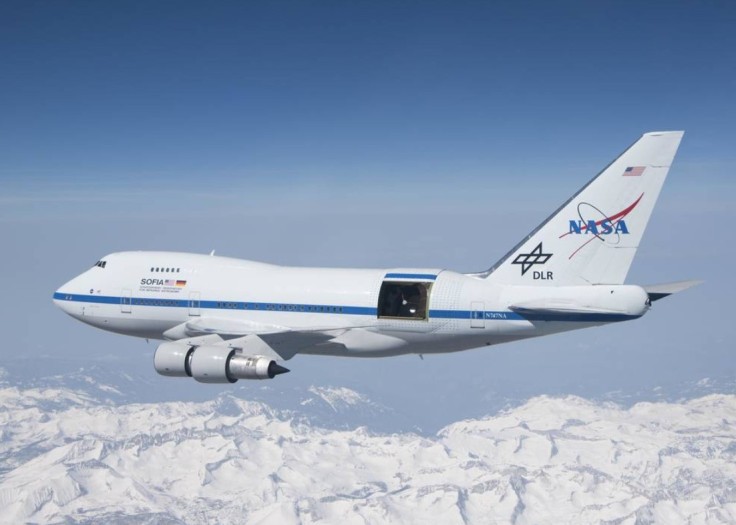As per the news story of Flying Magazine, the aircraft, known as the Stratospheric Observatory for Infrared Astronomy (SOFIA), will be retired this year after hundreds of missions to study the moon, stars, planets, and distant galaxies.
NASA has announced on Thursday, April 28, that its observatory on a plane, SOFIA, would be shut down. The project, which is a partnership with the German space agency DLR, will conclude on Sept. 30, when its current mission extension expires.

What Is Project SOFIA?
According to Digital Trends, SOFIA is a modified Boeing 747 that flies above most of the water vapor in the atmosphere at altitudes of over 7 miles. It has been fitted with instrumentation for gazing in the mid to far-infrared, allowing it to observe without water vapor distorting findings. It has captured magnificent nebulae and studied how stellar winds affect star formation, but its most renowned discovery is that liquid water exists on the moon's surface.
Flying Magazine said that SOFIA flew on a regular basis with a 106-inch reflecting telescope on board, which collects data through a large door in the fuselage that remains open during observations despite high altitudes and low temperatures outside. The telescope is stable enough to point precisely despite being inside a flying airplane with an open door.
What Is the Reason for Its Retirement?
Following a zero-funding allocation in the White House's federal budget request for 2023 in March, NASA and its partner at the DLR announced that the SOFIA mission will be shut down, Space.com reported.
DLR and NASA cited guidance from the astrophysics decadal survey - which provides NASA with peer-reviewed recommendations for the future of astrophysics in the U.S. - in making that call. The most recent astrophysics decadal, published in November 2021, also proposed that SOFIA be decommissioned.
Other Problems of the Sofia Project
Digital Trends mentioned that SOFIA cost NASA $86 million per year, which is comparable to the budgets for NASA's contributions to major telescopes such as Hubble and Chandra. SOFIA's contributions pale in comparison to the massive amounts of scientific data and research articles produced by these two telescopes.
Some of the issues with SOFIA's output appear to be attributable to its unique position as a plane-based observatory. The report highlights one important issue: major observatories require enormous teams of people to operate, both to maintain the hardware and to collect data. Getting this large group of people onto a plane is more difficult than having them come and go from a ground-based facility.
Another issue, as per Digital Trends, is that the plane requires regular maintenance, which necessitates frequent grounding of the observatory. This suggests that SOFIA was not collecting science data for a long period of time.
SOFIA will not fly after September this year, but all of the data it has acquired will remain publicly accessible for researchers.









